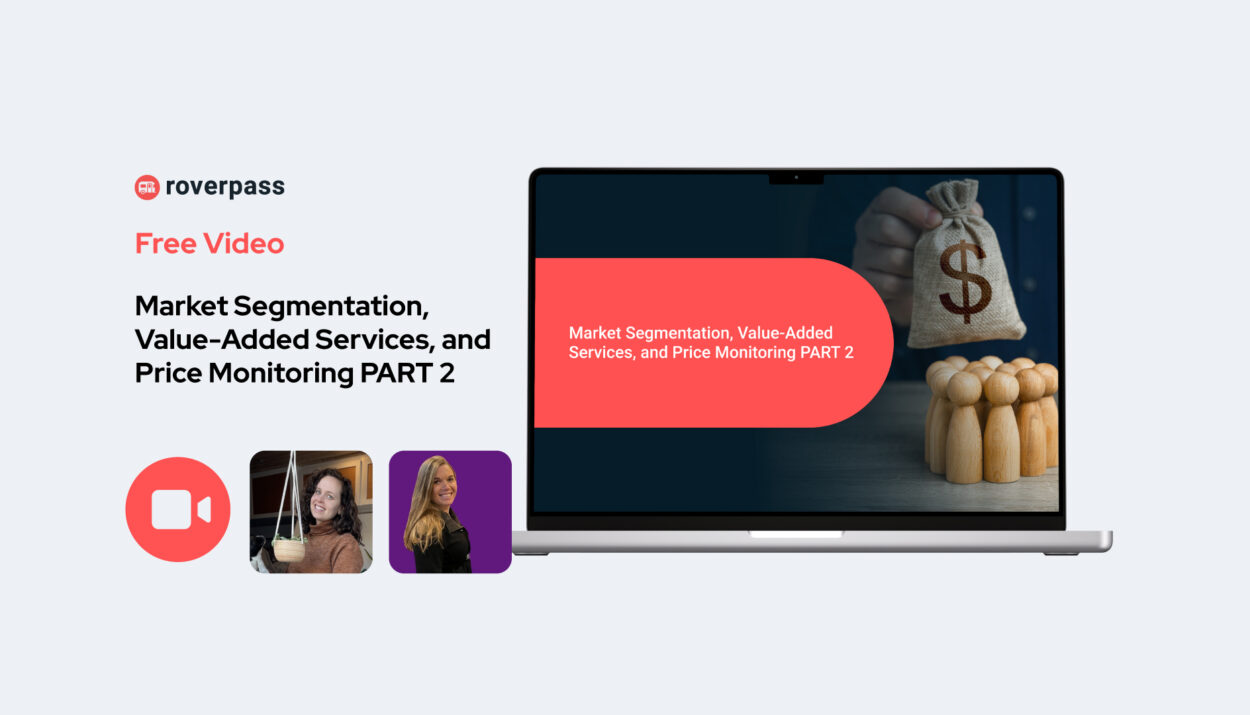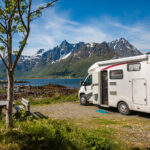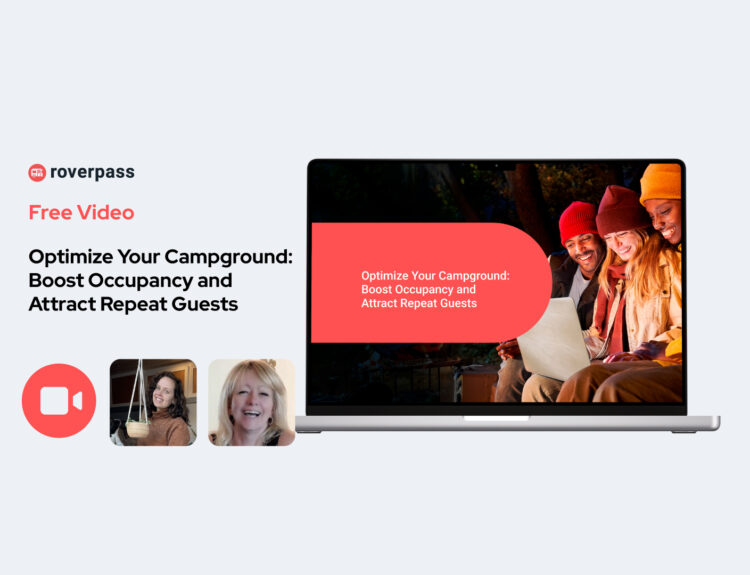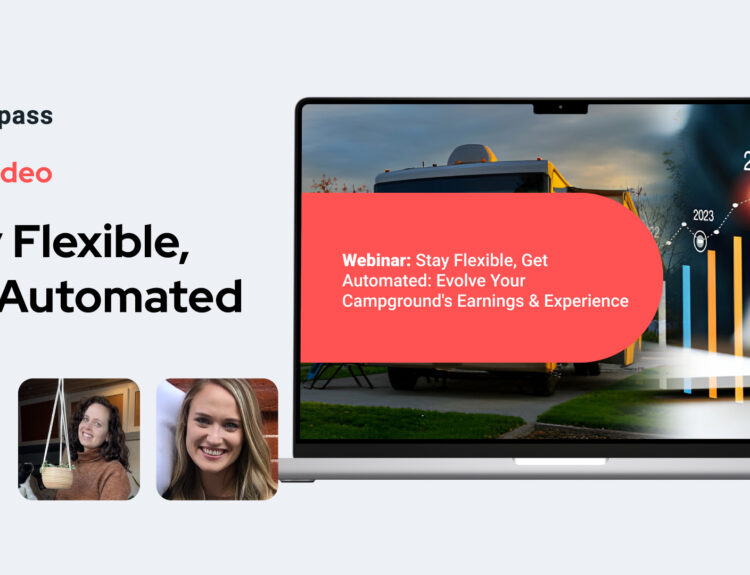In today’s highly competitive campground industry, mastering site pricing strategies is crucial for maximizing revenue and enhancing the overall guest experience. In this blog post, we delve into advanced techniques discussed in a recent webinar by RoverPass, focusing on market segmentation, value-added services, and effective price monitoring.
Recap of Part 1: Foundations of Site Pricing
Before diving into advanced techniques, let’s briefly recap the foundational elements of site pricing covered in Part 1. Understanding market dynamics, implementing adaptive pricing models, and conducting competitive analysis were highlighted as essential strategies for positioning your campground effectively within the market. These basics lay the groundwork for more sophisticated pricing strategies.
Market Segmentation: Targeting the Right Camper Demographics
One of the most effective ways to optimize your campground’s revenue is through market segmentation. By targeting different camper demographics, you can create tailored pricing strategies that attract specific groups, increasing occupancy and guest satisfaction.
Camper Demographics
- Families (40%): Cater to families with child-friendly activities, themed weekends, and packages that include amenities like playgrounds and family-oriented entertainment.
- Solo Travelers (20%): Offer budget-friendly rates, particularly midweek discounts, to attract solo travelers who may prefer quieter, less crowded stays.
- Long-Term Guests (15%): Implement special rates for long-term stays, such as monthly rates, which can help maintain steady occupancy during off-peak seasons.
- Couples (18%): Design romantic getaway packages with secluded campsites, scenic views, and amenities like private hot tubs.
- Adventure Seekers (7%): Provide adventure packages that include gear rentals, guided tours, and access to outdoor activities like hiking, kayaking, or rock climbing.
Site Types and Pricing Differentiation
Differentiate your pricing based on the type of campsite and the amenities offered. For example:
- Premium Sites: Equipped with full hookups, scenic views, and additional amenities like Wi-Fi and private patios, these sites can be priced higher to attract guests willing to pay for luxury.
- Standard Sites: Offer essential amenities at a moderate price, catering to guests seeking a comfortable yet affordable stay.
- Basic Sites: Ideal for budget-conscious campers, these sites provide the basics at a lower rate and can be used as overflow during peak times.
Value-Added Services: Enhancing the Guest Experience
Offering value-added services can significantly increase your campground’s appeal and justify higher pricing.
Creative Accommodation Packages
Bundle services and activities to create unique accommodation packages that cater to specific interests:
- Family Packages: Include child-friendly activities like themed weekends or holiday events.
- Solo Traveler Discounts: Offer discounts for midweek stays, which can attract solo travelers and fill otherwise vacant sites.
- Luxury Glamping and Wellness Packages: Provide high-end glamping options with wellness amenities such as yoga classes, private hot tubs, and eco-friendly experiences.
Special Events and Themed Weekends
Hosting special events during off-peak times can attract visitors who might not otherwise consider staying at your campground. Examples include:
- Cultural Festivals: Celebrate local culture with music festivals, art fairs, and food and wine tastings.
- Adventure Sports Weekends: Organize weekends focused on outdoor activities like mountain biking, kayaking, or rock climbing.
Price Monitoring: Adjusting Prices Based on Market Trends
Effective price monitoring is essential for staying competitive and maximizing revenue. Regularly evaluate your pricing strategies based on market trends, guest feedback, and occupancy rates.
Metrics to Track
- Occupancy Rates: Monitor how different site types and pricing strategies impact occupancy rates.
- Guest Satisfaction Scores: Track guest satisfaction to ensure that your pricing aligns with the value provided.
- Average Daily Rate (ADR): Calculate the ADR to determine the effectiveness of your pricing strategies.
Communicating Value to Guests
Once you’ve implemented value-added services and adjusted your pricing strategies, it’s crucial to communicate these offerings to potential guests effectively.
Marketing and On-Site Materials
Use a variety of channels to highlight the unique features and services at your campground:
- Website and Listings: Ensure all special offerings are prominently featured on your website and any online listings.
- Social Media: Regularly post updates on platforms like Facebook and Instagram to reach a wider audience.
- On-Site Promotions: Use brochures, flyers, and signage to inform guests about upcoming events, special packages, and available amenities.
Gathering and Analyzing Guest Feedback
Regularly gathering and analyzing guest feedback is vital for refining your offerings and ensuring guest satisfaction. Implement post-stay surveys, promote online reviews, and closely monitor platforms like Google and Yelp to track feedback and make data-driven decisions.
Conclusion: Staying Competitive in the Campground Industry
Mastering site pricing strategies involves a combination of market segmentation, offering value-added services, and effective price monitoring. By implementing these advanced techniques, you can attract the right campers, enhance their experience, and ultimately, increase your campground’s profitability.
Stay tuned for the final part of our series, where we’ll explore dynamic pricing strategies and technology tools to further optimize your campground’s revenue management.







